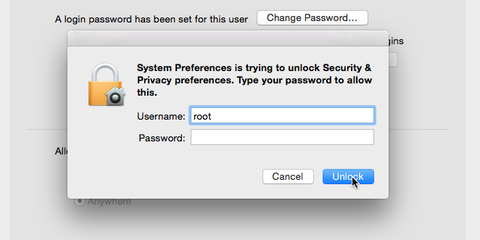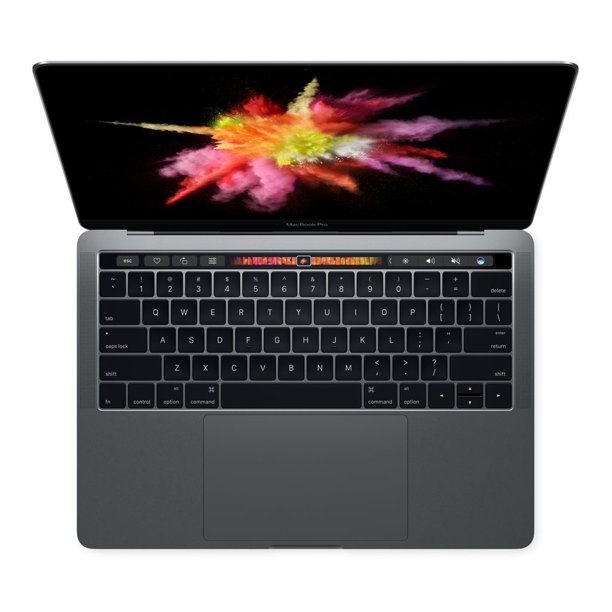If your Fusion Drive appears as two drives instead of one in the Finder, it’s no longer working as a Fusion Drive. Here’s how to fix it.
Fusion Drive, a storage option on some iMac and Mac mini computers, combines a hard drive and flash storage in a single volume for improved performance and storage capacity. If your Fusion Drive appears as two drives instead of one in the Finder, it’s no longer working as a Fusion Drive. This can happen after replacing either drive of your Fusion Drive, or using software to intentionally split them into separate volumes.
You can continue using the two drives independently, or follow these steps to regain the benefits of having the single logical volume of a Fusion Drive.
Before you begin
If you’re not sure that your Mac was configured with a Fusion Drive, or that the drive has been split:
- Disconnect any external storage devices that are connected to your Mac.
- Choose Apple () menu > About This Mac, then click the Storage tab.
- If you see a drive labelled Fusion Drive, your Fusion Drive is working and this article doesn’t apply to you.
- If you have an Apple Fusion Drive that has been split, you should see two drives. One of them should be labelled Flash Storage, with a capacity of 24GB, 32GB, or 128GB. The other should be at least 1TB in size.
Use Terminal to create a Fusion Drive again
These steps permanently delete all data stored on the drives that make up your Fusion Drive. Make sure that you have a backup before continuing.
- Turn on your Mac and immediately hold down Command-R or Option-Command-R to start up from macOS Recovery. Release when you see the Apple logo or a spinning globe.
- When you see the macOS Utilities window, choose Utilities > Terminal from the menu bar.
- Type this command in the Terminal window, then press Return:
diskutil list
- Terminal displays a table of data about your drives. In the IDENTIFIER column, find the identifier for each of the two internal, physical drives that make up your Fusion Drive. Usually the identifiers are disk0 and disk1. One of them should be 128GB or less in size. The other at least 1TB in size.
- Type the following command, replacing identifier1 and identifier2 with the identifiers you found in the previous step. Then press Return.
diskutil cs create Macintosh\ HD identifier1 identifier2
Example:
diskutil cs create Macintosh\ HD disk0 disk1
If you get a disk unmounting error, enter diskutil unmountDisk identifier, using the first identifier you gathered previously. Then enter same command again using the second identifer. - Type this command, then press Return:
diskutil cs list
- Terminal displays additional data about your drives (volumes). Find the string of numbers that appears after ”Logical Volume Group” for the volume named Macintosh HD. It’s a number like 8354AFC3-BF97-4589-A407-25453FD2815A.
Example:
+– Logical Volume Group 8354AFC3-BF97-4589-A407-25453FD2815A
| =========================================================
| Name: Macintosh HD - Type the following command, replacing logicalvolumegroup with the number you found in the previous step. Then press Return.
diskutil cs createVolume logicalvolumegroup jhfs+ Macintosh\ HD 100%
Example:
diskutil cs createVolume 8354AFC3-BF97-4589-A407-25453FD2815A jhfs+ Macintosh\ HD 100% - Quit Terminal to return to the macOS Utilities window.
- Choose Reinstall macOS, then click Continue to begin reinstalling the Mac operating system. Your Mac automatically restarts from your Fusion Drive when done.















